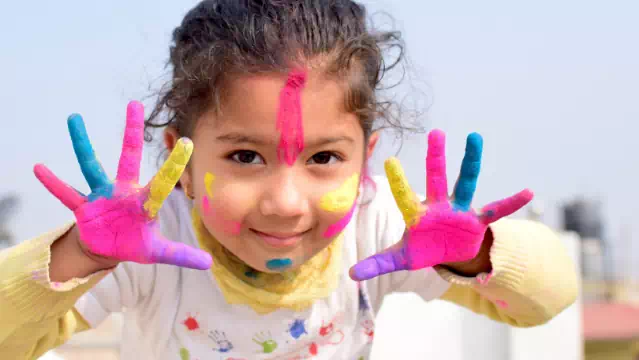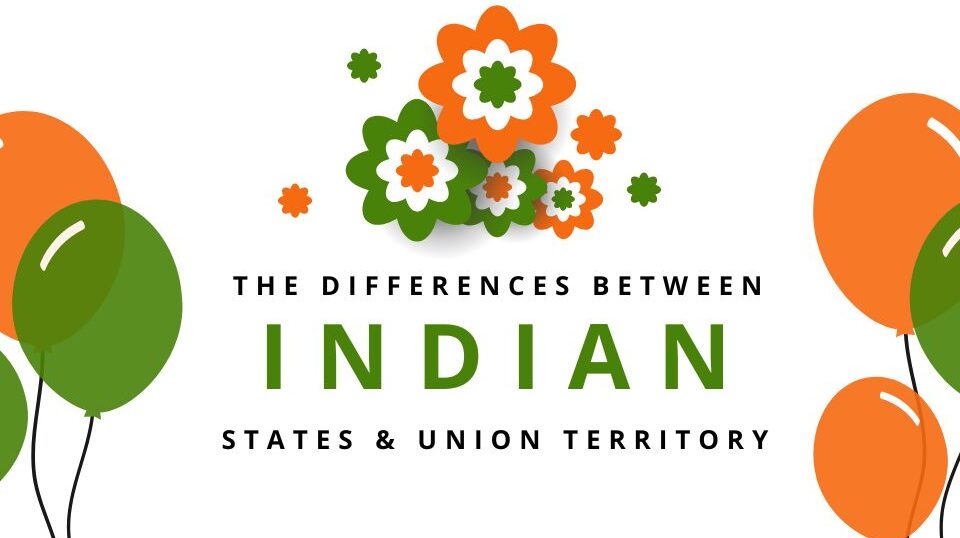
Importance of Early Childhood Education In 2022
March 14, 2022
Innovative Ideas That Impact a Child’s Development
March 30, 2022Mindful Celebration of ‘ Festivals of Colours’
Last two years we have seen gloom of so much grey and darkness of pandemic that this year let us resolve to look forward to more colourful years and have a swift bounce back to derive joy from normal things in life with the idea that holi is festival of children.
The spring season and the month of Phalguna bring hope for a better tomorrow. In northern India with the advent of spring, we get to see a riot of colours in form of beautiful flowers that spring up in all nooks and corners of gardens, parks and lawns.
The spring season coincides with the month of Phalguna which has tremendous religious, cultural and social significance.
We must note that one of the main festivals of colours. Holi is celebrated this month. We also call it a festival of Amity meaning co-operation, togetherness and affection forgetting all previous enemies.
Also Read: Makar Sakranti
Hence this festival has a lot of relevance for Primary and Pre-primary students if we can deliver the significance of the Holi by familiarizing them with the value of why this festival is celebrated.
The month after the dreary winters in the North is the harbinger of new blooms. A deeper connotation is that just as the sun shines after every dark night each individual goes through several struggles and roadblocks and wins the renewed spirit of the season, forges ahead in life.
Similarly, parents of children in the age group from birth to 2 years and from 02-06 years go through different battles of nurturing them and educating them till they are chiselled to take the world.
Let us play Holi by socializing, making merry, enjoying relationships and having fun.
Do you really wish to know why is Holi celebrated in colours?
Traditionally Holi festival is celebrated for two days (on full moon day) as Holika Dahan or Choti Holi and Rangwali Holi.
Colours are an integral part of us as they inspire us and keep us positive. There was once a king called Hiranyakashyap who won over the earth. He was so egoistic that he commanded everybody in his kingdom to worship him only.
Also Read: Fun Dussehra Activities for Kids
But his son Prahalad was an ardent devotee of Lord Vishnu and asks his sister Holika who was the aunt of Bhakt Prahalad.
As per the legend, she earned a boon to withstand fire. To teach a lesson to Prahalad he asked his sister to sit on a pyre with Prahalad to exterminate him, without realizing that boon was limited to her sitting alone in the pyre and not with another person.
Hence she was burnt alive and bhakt Prahlad was saved from fury or fire as he was a true devotee.
Holika Dahan is performed to conquer fear. It is believed that Holika was created to ward off all sorts of fear.
The story of this demoness signifies the triumph of ‘Good over Evil’ and that is the importance of the Holi festival.
Prior to holi celebrations in all parts of India, we have Holika Dahan (a special bonfire). Large bonfires are lit & dummy of Holika is immolated in the pyre.
There are many legends associated with Holi this is to understand the power of truth.
Also Read: Fun Diwali Activities For Kids
MESSAGE OF JBM SMART START THE FOUNDATION SCHOOL
Which is the ideal way to holi in school?
Celebrate Holi with flowers rather than with non-recyclable plastic pichkaris and harmful water balloons which are generally made in china. Use good sandalwood & turmeric powder rather than harmful lead colours. May God always shower all children and families with petals of happiness. This is how the holi is celebrated in the best schools of India.




